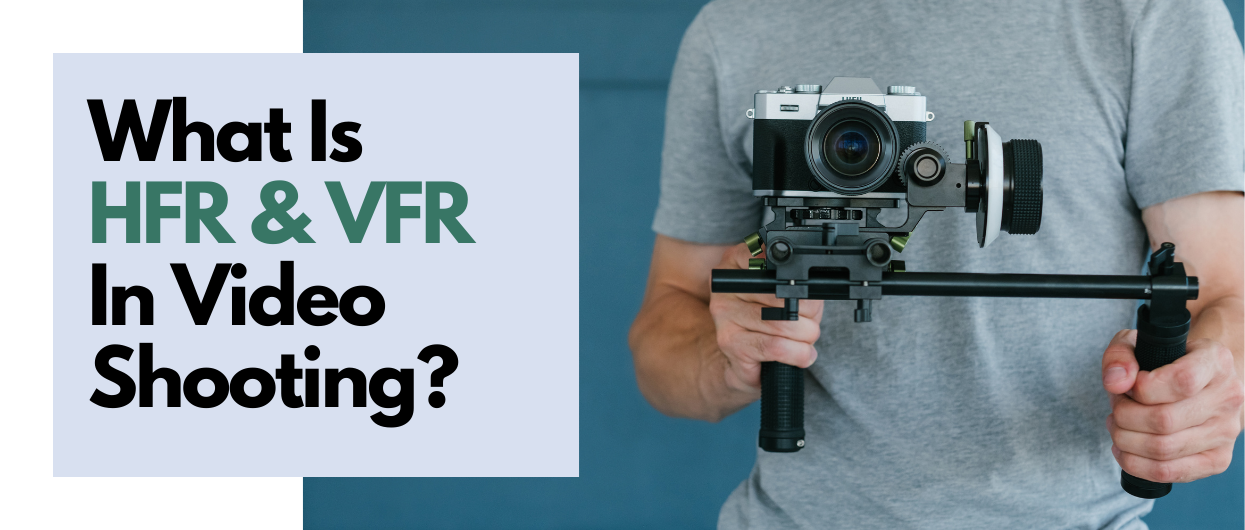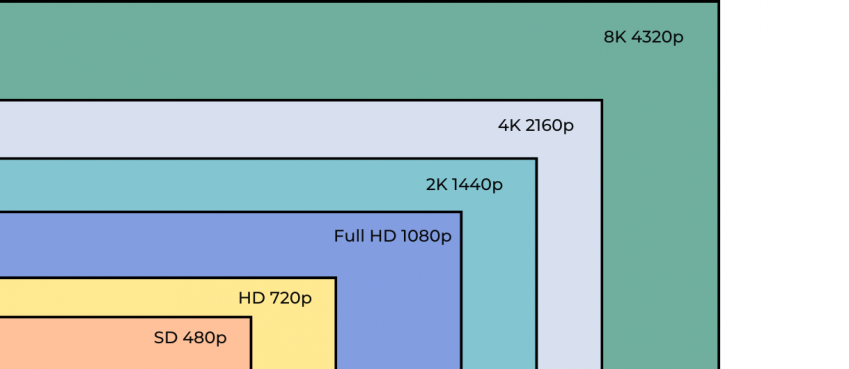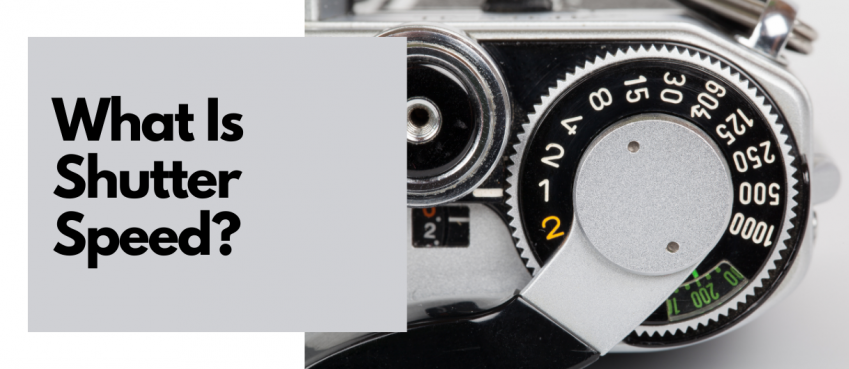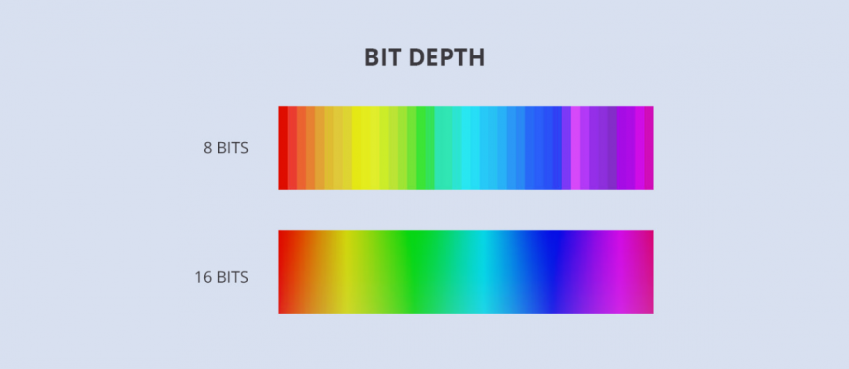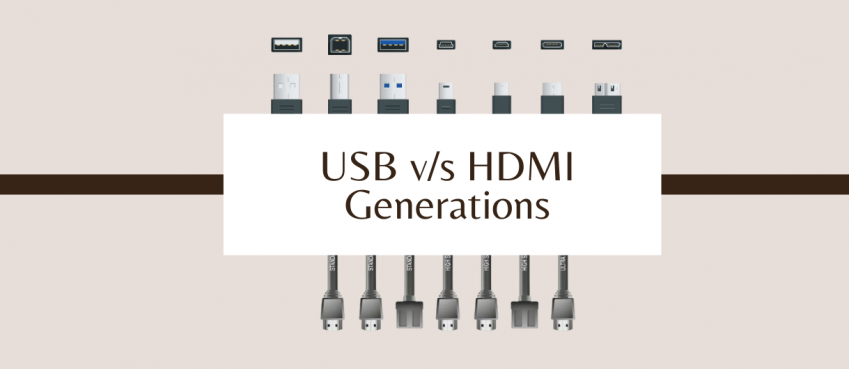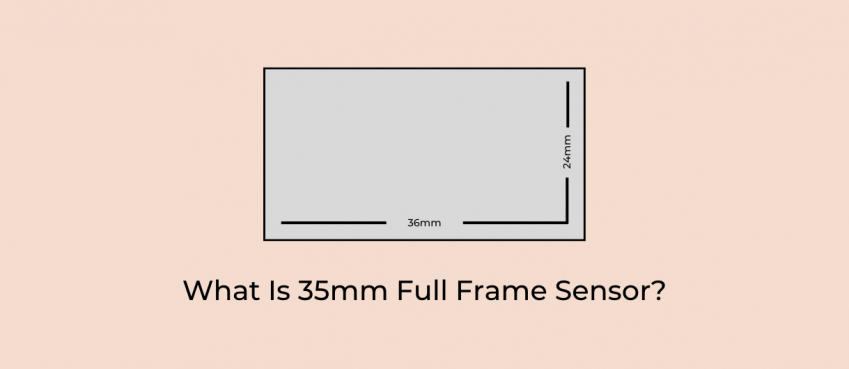
In the context of video recording or film shooting, frame rates matters most. The type of frame rates are HFR (High Frame Rate) and VFR (Variable Frame Rate) which is a significant matter to opt for when shooting a video or cinematic.
Agendas:
- What is high frame rate
- Advantages of high frame rate
- What is variable frame rate
- Advantage of variable frame rate
- Tabular difference b/w HFR and VFR
- Conclusion
What Is High Frame Rate (HFR)?
High Frame Rate (HFR) refers to the practice of capturing or displaying video content at a frame rate higher than the traditional standard of 24 frames per second (fps).
While the standard frame rate has long been associated with movies and television shows, HFR technology aims to enhance visual quality by presenting content at frame rates such as 48, 60, or even 120 fps.
This increased frame rate results in smoother and more fluid motion, providing viewers with a heightened sense of realism and clarity.
Advantages Of HFR
Smoother Motion: HFR eliminates much of the motion blur and jitteriness associated with lower frame rates. This is particularly beneficial in fast-paced action scenes, where the enhanced smoothness contributes to a more engaging viewing experience.
Realism: The higher frame rate better mimics the way our eyes perceive motion in the real world, creating a more lifelike and immersive sensation. This is especially advantageous for genres like action films and video games.
Reduced Eye Strain: HFR can reduce eye strain and fatigue, as the more fluid motion is less likely to cause discomfort during extended viewing sessions.
Enhanced Detail: With more frames per second, fine details become more pronounced and clear. This is especially noticeable in scenes with intricate textures or fast movements.
What Is Variable Frame Rate (VFR)?
Variable Frame Rate (VFR) is a feature that allows the frame rate of a video to dynamically change throughout its duration.
Unlike a fixed frame rate, where each frame is displayed at a constant interval, VFR adjusts the frame rate based on the complexity and motion within the scene.
This dynamic approach optimizes both file sizes and playback quality.
Advantages of VFR
Efficient Compression: VFR can significantly reduce the file size of videos, making them easier to store, share, and stream. Scenes with little motion or low complexity require fewer frames, resulting in smaller file sizes.
Smooth Playback: VFR ensures that scenes with high motion or complexity maintain a higher frame rate, leading to smoother and more detailed playback quality when it’s needed most.
Adaptability: VFR is particularly useful in scenarios like screen recording, where the frame rate can adapt to the content being recorded. This helps in maintaining clarity during dynamic transitions between different screen activities.
Difference Between High Frame Rate & Variable Frame Rate
The key distinction between High Frame Rate (HFR) and Variable Frame Rate (VFR) lies in their objectives.
HFR aims to enhance the viewing experience by increasing the frame rate, resulting in smoother motion and heightened realism.
On the other hand, VFR focuses on optimizing file sizes and playback quality by dynamically adjusting the frame rate based on scene complexity.
| Aspects | High Frame Rate (HFR) | Variable Frame Rate (VFR) |
|---|---|---|
| Objective | Enhance realism and motion clarity through higher frame rates. | Optimize file sizes and playback quality by dynamic frame rate adjustments. |
| Frame Rate | Constantly high, e.g., 48 fps, 60 fps, 120 fps. | Varies based on scene complexity and motion. |
| Smooth Motion | Provides smoother and more fluid motion. | Ensures smooth playback in scenes with high motion. |
| Realism | Creates a more lifelike and immersive viewing experience. | Focuses on efficiency rather than strict realism. |
| Application | Well-suited for action movies, gaming, and fast-paced content. | Beneficial for screen recordings and mixed-action videos. |
| Visual Quality | Enhances detail and reduces motion blur. | Maintains quality while adjusting frame rate as needed. |
| Power Consumption | Requires higher processing power and compatible displays. | Efficiently adjusts frame rate for varying scenes. |
| File Size | Larger file sizes due to higher frame count. | Smaller file sizes due to dynamic frame adjustments. |
| Compatibility Concerns | May face compatibility issues on older devices or platforms. | Some editing software might struggle with VFR content. |
| Viewing Experience | Offers a cinematic and visually engaging experience. | Prioritizes efficient streaming and storage. |
Conclusion
Both High Frame Rate and Variable Frame Rate technologies contribute to improving the overall video experience.
HFR provides a heightened sense of realism and smoother motion, while VFR optimizes file sizes and playback quality by dynamically adjusting frame rates.
The choice between the two depends on the intended application and the desired trade-offs between visual quality and efficiency.
Frequently Asked Questions
Can all devices handle HFR content?
While newer devices and displays are more equipped to handle HFR content, compatibility might vary. Older devices might experience difficulties playing HFR content smoothly.
Is VFR suitable for all types of videos?
VFR is particularly beneficial for content with varying complexity and motion, such as screen recordings or videos with mixed scenes of high and low action.
Can I convert VFR footage to a fixed frame rate?
Yes, but this conversion might lead to loss of efficiency and smoothness in scenes with dynamic motion.
Are there any downsides to HFR?
Some viewers might find HFR too realistic, leading to a soap opera effect that diminishes the cinematic feel. Additionally, HFR requires more processing power and can highlight imperfections in special effects.
Top 10 News
-
01
10 Best Free QR Code Generators in 2023
Monday July 24, 2023
-
02
Top 10 Mental Health Apps For 2023
Friday July 14, 2023
-
03
Being Online: Top 10 Benefits Of Online Banking
Friday May 12, 2023
-
04
Top 10 Essential Tools for Boosting Productivity in Flutter ...
Tuesday March 7, 2023
-
05
10 New & Trusted Z-Library Alternatives (Explore Ebooks...
Thursday February 2, 2023
-
06
10 Amazing Uses For Solar Energy At Home
Thursday January 12, 2023
-
07
Top 10 Profitable Education Business Ideas for 2023
Friday December 23, 2022
-
08
10 Best Hoverboards For Kids & Adults In 2023
Tuesday December 13, 2022
-
09
Top 10 WordPress Plugins For Bloggers
Thursday December 8, 2022
-
10
12 Pocket-Friendly And Best Kids Scooters (February 2023)
Friday December 2, 2022
